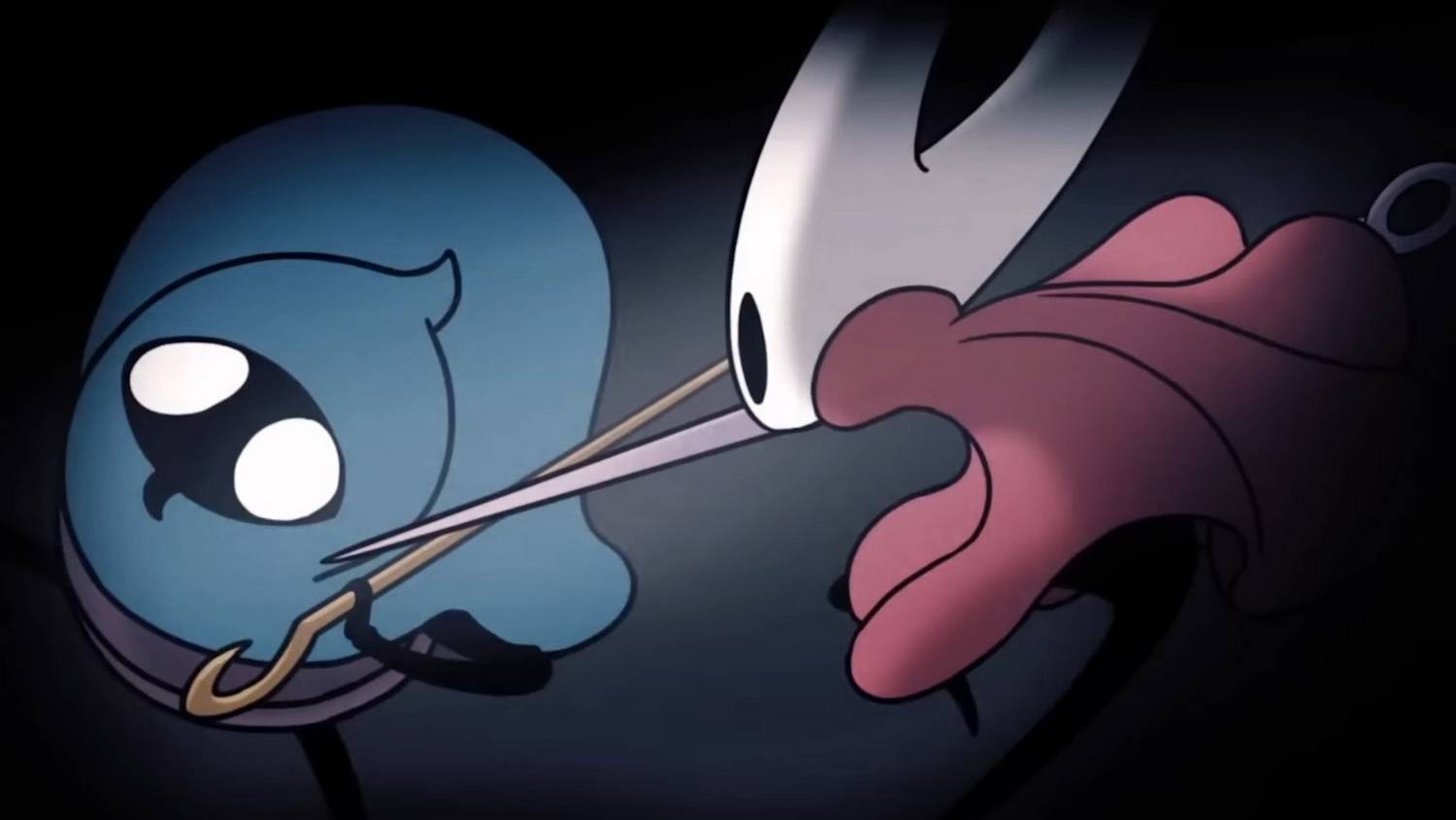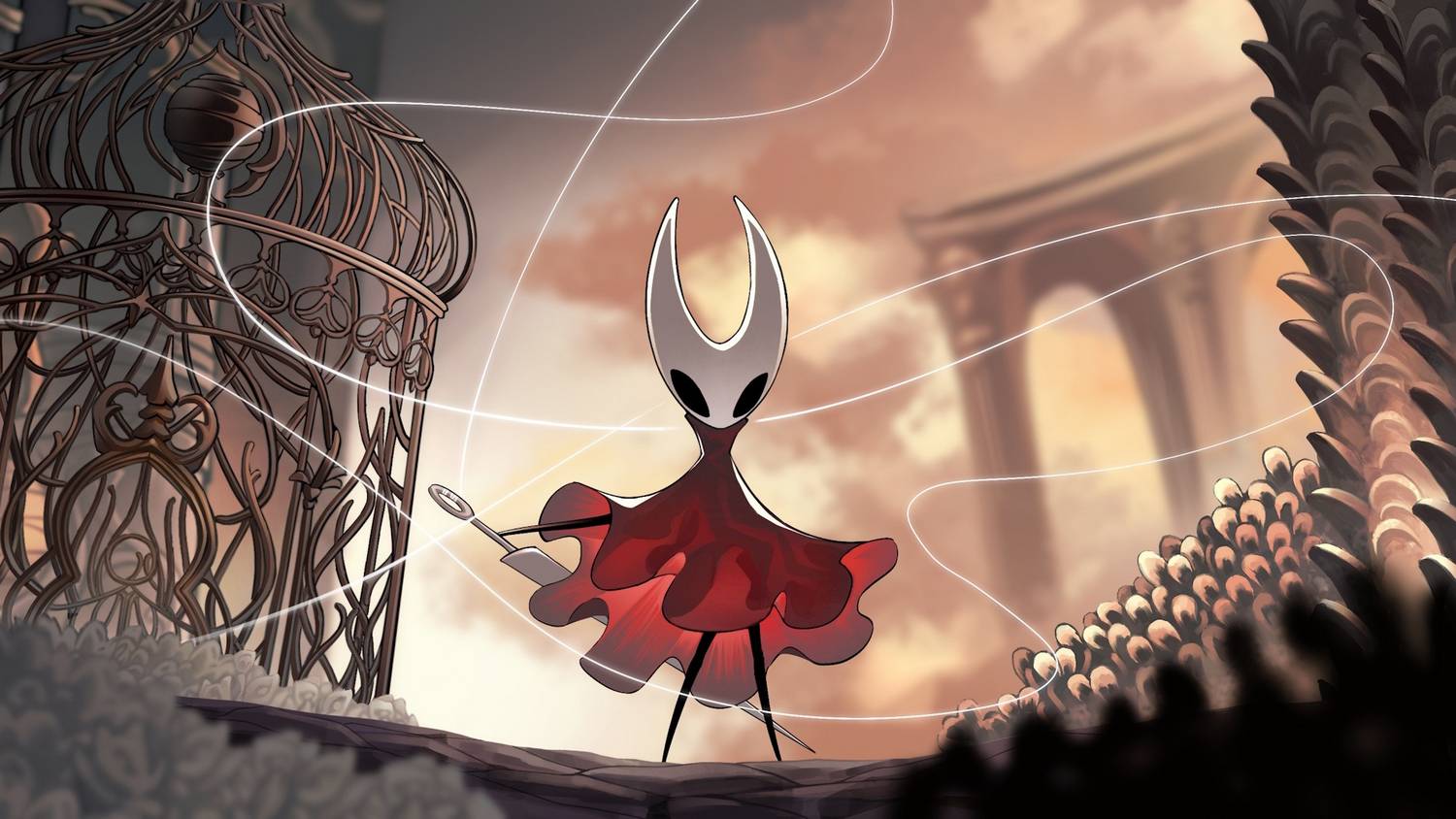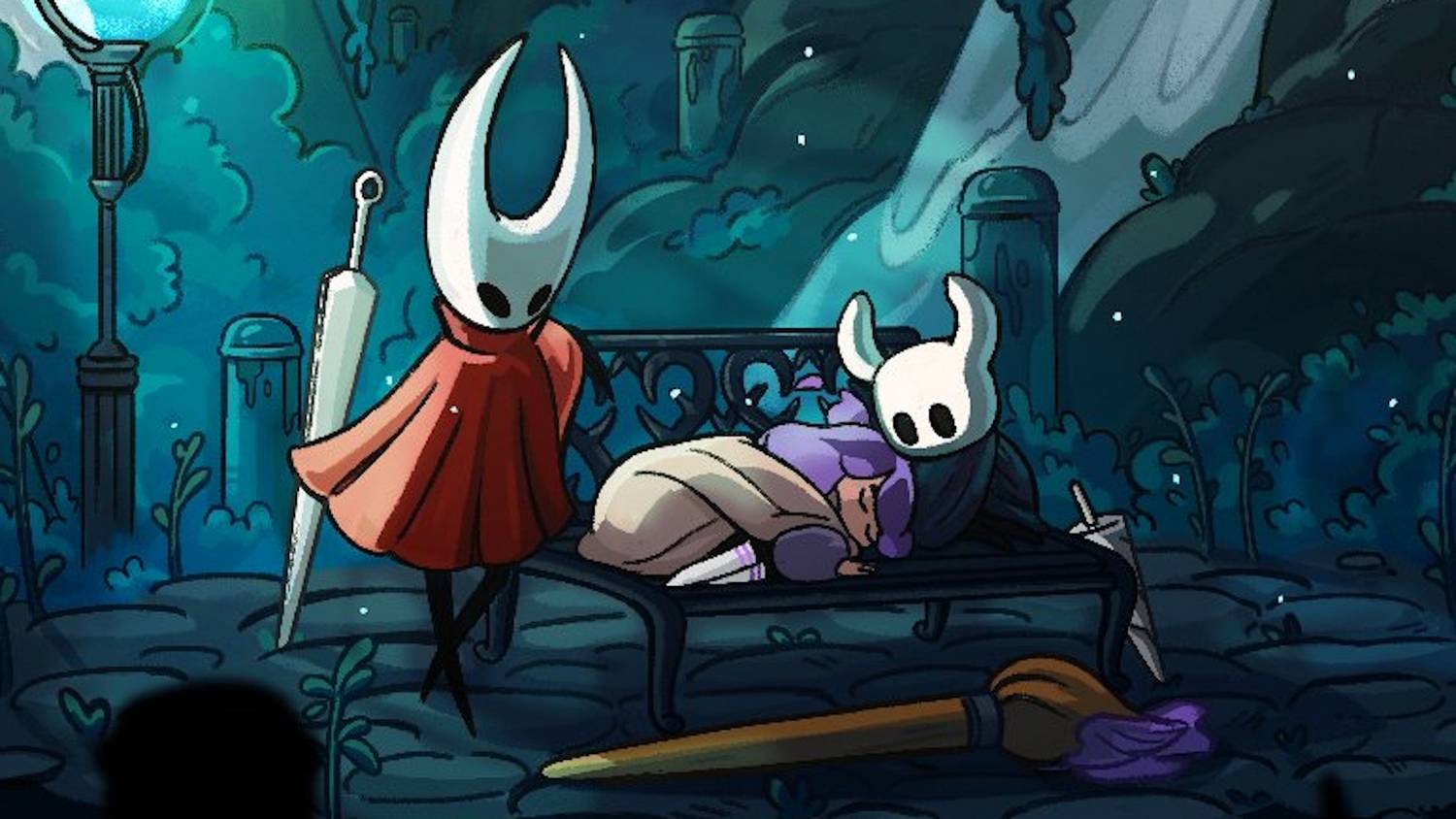Controversial ‘Purple Silksong’ Indie Metroidvania Defends Aggressive Marketing: A Necessary Evil for Visibility?
Popular Now
 Genshin Impact
Genshin Impact
 Free Fire
Free Fire
 Rust
Rust
 Sonic the Hedgehog™ Classic
Sonic the Hedgehog™ Classic
 EA SPORT FC 25
EA SPORT FC 25
 Among Us
Among Us
 Stumble Guys
Stumble Guys
 NBA 2K24
NBA 2K24
 Valorant
Valorant
 FIFA 23
FIFA 23 
The highly-anticipated release of Hollow Knight: Silksong has done more than just enthrall fans; it has created a seismic shift in the indie Metroidvania market, simultaneously raising the bar and creating a hyper-competitive environment for visibility. This has put a spotlight on one upcoming title, Constance, a visually stunning, hand-drawn 2D action-platformer, whose developer has faced increasing criticism for an overtly aggressive marketing strategy that frequently invokes the name of Team Cherry’s sequel.
Marketing slogans such as “purple Silksong” and “your next game after Silksong” have been repeatedly deployed across social media channels by developer btf games. While these terms have successfully propelled the game into the conversation, drawing hundreds of wishlists and followers, they have also sparked a backlash from a segment of the gaming community who view the tactics as derivative or, at best, cheap attempts to capitalize on the enormous Silksong hype.
 The Developer’s Stance: Navigating the Algorithm
The Developer’s Stance: Navigating the Algorithm
In a candid response that has garnered significant attention, the lead developer from btf addressed the controversy directly. The statement offered a rare, unvarnished look into the pressures of indie game marketing in the current digital landscape, essentially saying: “I’m sorry but this is how the algorithm works on this platform, you gotta mention the trends to be seen and many people are happy to discover similar games like that.”
This justification highlights a brutal reality for small-scale developers. In a deluge of daily game releases, mentioning a dominant, high-volume search term—a so-called high CPC keyword in the marketing world—like “Silksong” is almost a required maneuver to cut through the noise. Without the multimillion-dollar marketing budgets of AAA studios, indies often have to leverage cultural trends and algorithmic biases just to get a fraction of the necessary exposure for survival.
Constance: Beyond the Comparisons
Crucially, the developer insists that beyond the marketing veneer, Constance is actually quite different from its inspiration. While it operates within the 2D action-platformer and Metroidvania framework, a deeper dive into the gameplay reveals mechanics designed to establish its own identity. These differences are key to appealing to both the massive audience hungry for more quality Metroidvanias and the purists seeking originality.
- Zero-Float Controls: In contrast to the weighty, momentum-based physics of many genre titles, Constance is said to feature tighter, “zero-float” controls, which could appeal to fans of faster-paced platforming games like Celeste or Ori.
- Unique Respawn System: The game introduces a central, narrative-driven paint mechanic that is linked to the core movement and combat. Furthermore, a “unique respawn system” promises a distinct approach to the death-and-retry loop, differentiating it from the typical Soulslike structure often associated with Hollow Knight.
- Emphasis on Human Story: While both games possess rich lore, btf points to an “emotional/human story,” suggesting a more direct, perhaps less fragmented, narrative focus than the environmental storytelling often favored by its supposed counterpart.
 Industry Debate: Originality vs. Exposure
Industry Debate: Originality vs. Exposure
The controversy surrounding Constance reignites a long-standing debate within the video game industry and among SEO professionals: is it acceptable to heavily reference a competitor’s title for exposure, even if the final product stands on its own merits? Many players who discovered the game through these contentious posts have come to its defense, arguing that the marketing, however jarring, was effective and ultimately harmless if the game delivers a high-quality gaming experience.
However, the potential long-term risk for Constance is being perpetually judged as a “clone” rather than a unique title. By so closely aligning itself with the anticipation for Silksong’s release, the game sets itself up for an almost impossibly high standard of comparison. For a project with a planned November 24 launch, the developers must now walk a fine line: maintaining the algorithmic visibility they’ve fought for, while aggressively showcasing the features that make their product a distinct and worthy entry into the crowded Metroidvania genre.
Conclusion: The State of Indie Marketing in 2025
The situation with Constance serves as a stark case study in the current state of indie video game marketing. With millions of games competing for attention on Steam and other platforms, developers are increasingly forced into tactics that prioritize algorithmic performance over traditional, more understated marketing. While the “purple Silksong” tag may ruffle feathers, the developer’s success in generating a buzz and a significant wishlist count proves the cold, hard logic of their strategy. As gamers await the true test of its originality and quality, Constance has inadvertently become the poster child for the lengths to which an indie developer must go for basic survival and visibility in the post-Silksong era of high-stakes 2D adventure games.







